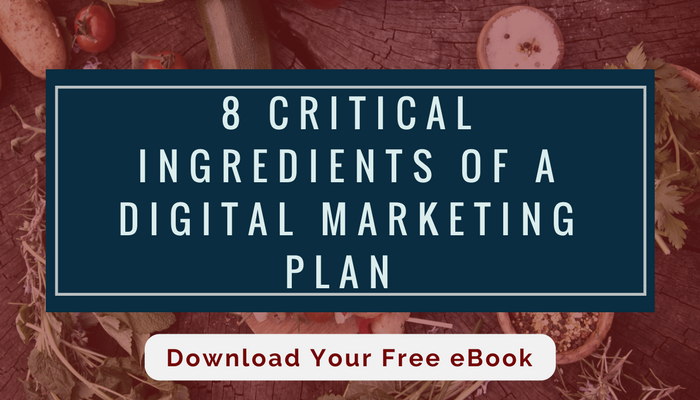3 Ways to Generate More Website Traffic

 There are no magic tricks involved in getting more people to your website but we all know how important it is to work towards that goal. I don’t think we ever stop trying to increase traffic and increase leads in order to ultimately increase sales. So here are three fail-proof ways to generate more website traffic to start producing results you can see (and measure).
There are no magic tricks involved in getting more people to your website but we all know how important it is to work towards that goal. I don’t think we ever stop trying to increase traffic and increase leads in order to ultimately increase sales. So here are three fail-proof ways to generate more website traffic to start producing results you can see (and measure).
1. Provide Downloadable Content Offers
Content offers are extra bonus materials that visitors may not expect to get when they first land on your site. A content offer can be used to draw visitors into your website to provide them with premium content or information that will help them solve a need. That helps leave a very positive impression on your visitor and helps encourage them to want to learn even more from you and your company.
Content offers come in many forms. Here are some of the most popular:
- Video presentations
- Case Studies
- Whitepapers
- eBooks
- Infographics
There are various ways visitors can discover a content offer on your website. Some will click on a call to action button you’ve placed on your website; others will click through to your website from a link they saw in a targeted email marketing campaign; some might even follow an affiliate ad link. All portals of entry add up to more traffic for your website.
Just make sure that once you get them on your site, you don’t lose them. Encourage them to provide their contact information on a form in exchange for one of the deliverable content offers mentioned above.
Getting them to fill out a form puts you in a prime position for future marketing opportunities because once they’ve downloaded your content offer, you’ve got a targeted audience who has invited you to share more information with them via email marketing.
2. Include Tags for Search Engine Optimization (SEO)
Meta data information plugged in to your website code such as your title tag, description and keywords, communicates to search engines what your site is all about, then ranks it accordingly for people searching online for products or services of interest.
But remember: search engines are blind. The spiders and crawlers are just algorithms that read thousands of lines of code. When you add meta tags into the coding of your website pages (including your blog) they are read and interpreted by search engines.
If no meta tags are found (or worse, are written to be misleading), you’ll not only get dinged in the search engines, but you’ll miss a golden opportunity to snag targeted website traffic.
Here are some other ways to incorporate tags for effective SEO into your website and blog:
- Paragraph Header Tags - header tags identify subject matters and content on your site pages and blog article. Whenever possible, use them to format your site and blog content. Doing this automatically shows up in your source code as headers, and the search engines crawl them to generate targeted results to people looking for the content that your site is providing.
- Alt Image Tags – these tags are essential today because engines rely on image tags to know that a) an image exists on the page, b) what the image is, and c) how the image relates to the content. The more relatable content you have on a page, the more reliable your site is considered concerning the algorithm of the search engines.
3. Get Your Content Shared & Talked About
By now you’re aware that social media has grown from a trend into a key element of an Inbound Marketing campaign so understanding how social media generates website traffic is integral to using this powerful tool effectively.
Social media works on the pretext that people share what they think is valuable. When your content is shared or discussed, it’s considered to be worth spending time on - whether that time is spent reading it, talking about it, or sharing some more.
To become part of the buzz, you need to make your content easily shareable. One way to do this is by placing share buttons next to your content. Every piece of content, whether it’s a blog post or a landing page, needs to have its own set of share buttons.
Include buttons for Google+, LinkedIn, YouTube, Facebook, Pinterest, and one general “link share” button visitors can use to email friends or paste into the social media site of their choice.
Also, you need to be active. An ignored social media profile is as obvious as an abandoned old west town with tumbleweeds. Post often, respond to comments, and engage your fans and followers with relevant and useful information.
Getting all the cogs to turn simultaneously in this website traffic generation plan can be difficult for a business, but we’ve got solutions that can help. To learn about other methods to kick your website traffic into overdrive, download our free Digital Marketing Plan.








